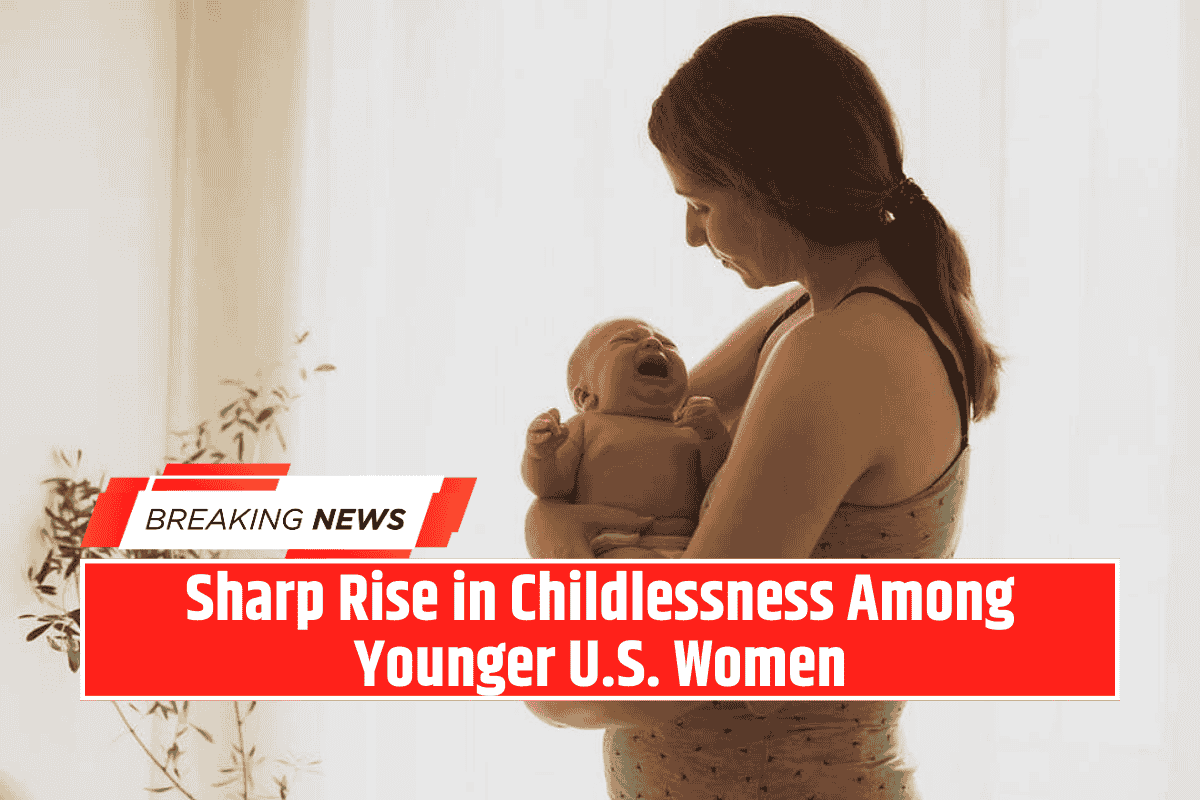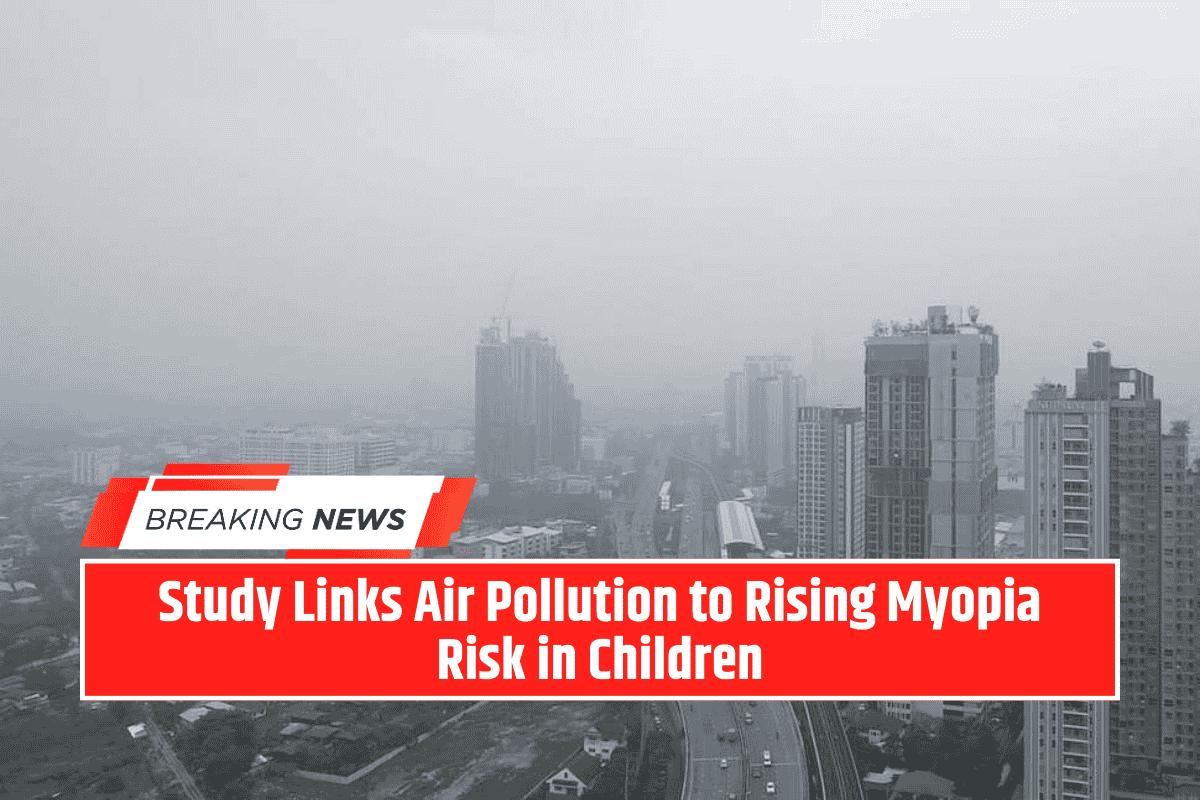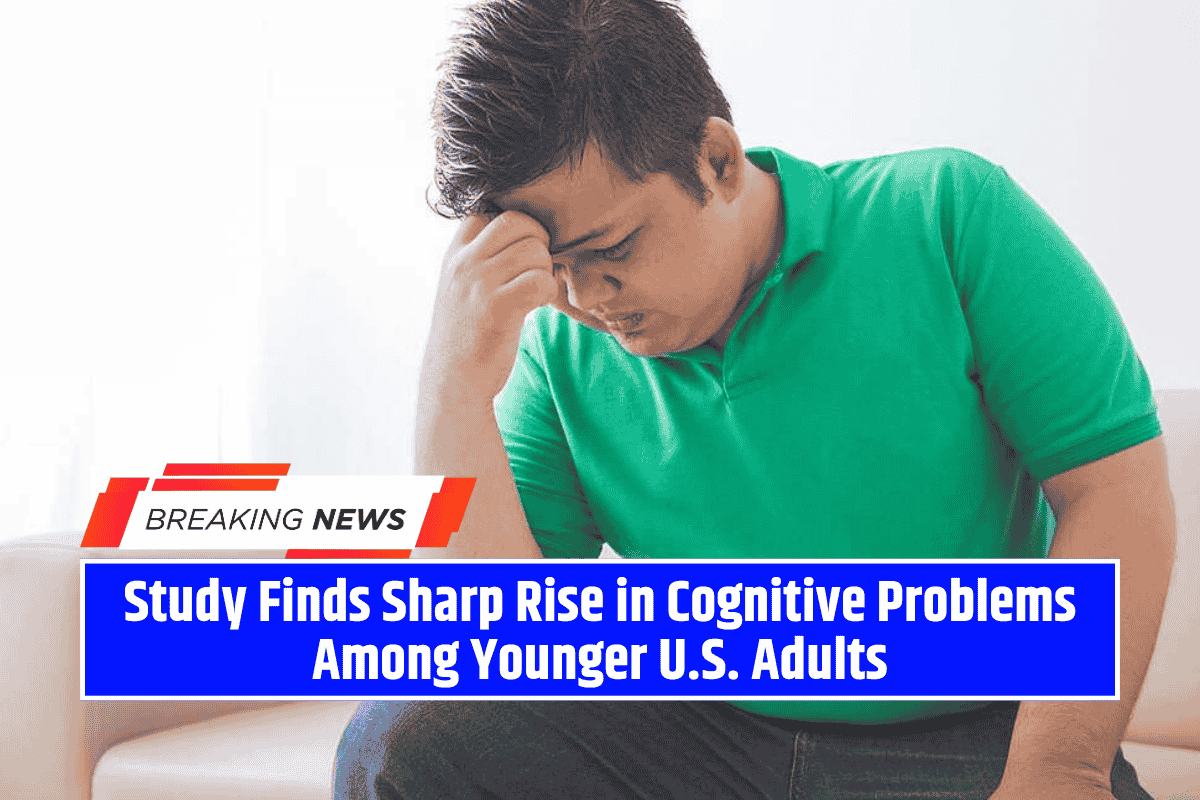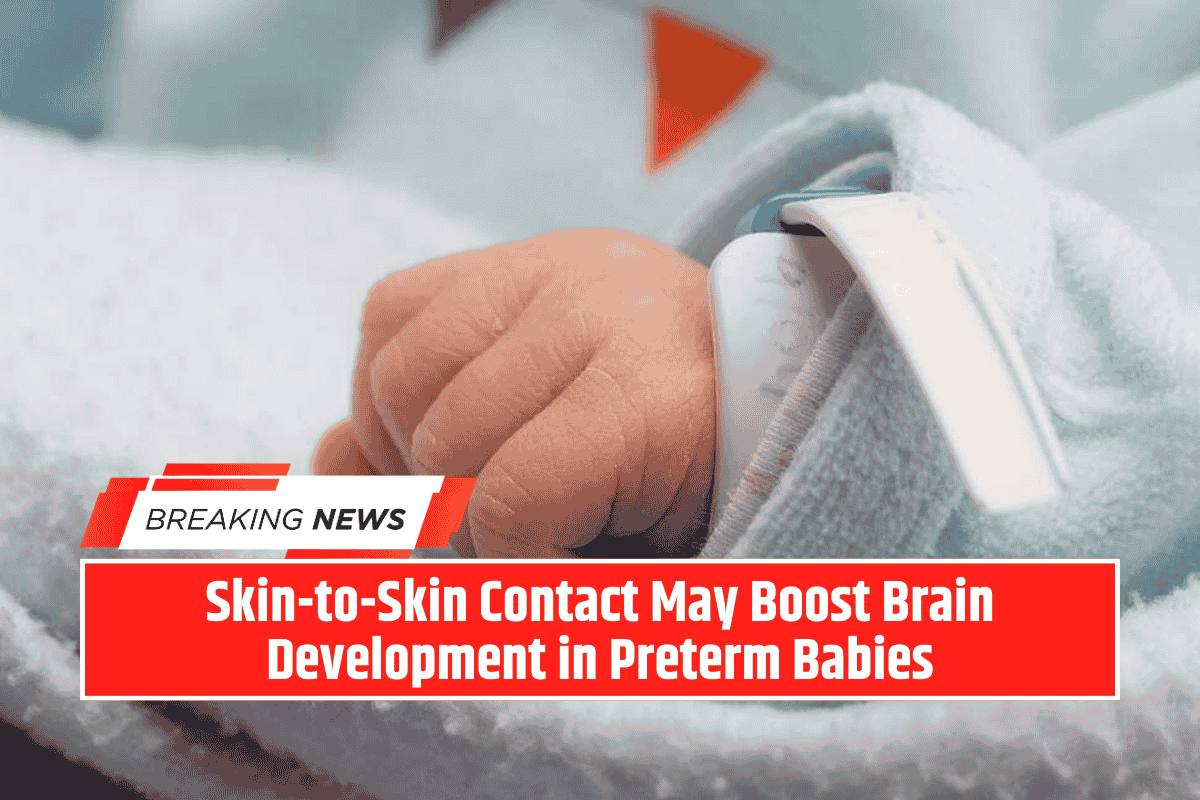A new study from the University of New Hampshire’s Carsey School of Public Policy reports a dramatic increase in the number of U.S. women of childbearing age who have not had children.
In 2024, there were 5.7 million more childless women aged 20–39 than expected, compared to 2.1 million in 2016 and 4.7 million in 2022.
Over the past 17 years, this trend has resulted in nearly 12 million fewer births than anticipated, researchers said.
Younger Women Driving the Trend
The rise in childlessness has been most pronounced among women under 30, where fertility declines have been steepest.
“In 2024, there were 4 million more women aged 20–39 than in 2006, but 7 million fewer have given birth — that’s an increase of 45%,” said study author Kenneth Johnson, professor of sociology.
While childlessness also rose modestly among women in their 30s, increases in fertility among women 35–49 were not significant enough to offset the decline among younger women.
What the Data Show
Johnson analyzed U.S. Census Bureau data along with birth and fertility statistics from the National Center for Health Statistics. His findings suggest that if fertility patterns from just before the Great Recession (2007–2009) had continued:
- About 4.4 million more women would have had at least two children.
- About 1.3 million more women would have had one child.
Together, this totals the 5.7 million women who might have been expected to have children but instead remain childless.
Potential Implications for Society
Johnson warned that the increase could contribute to what he called a “demographic cliff.” Fewer children being born may affect:
- Health care systems
- Schools and child-related businesses
- The future labor force
“While it’s possible that women who are currently delaying having children may still have them, the substantial rise in the proportion of childless women could have significant long-term consequences,” Johnson said.
Factors Behind the Shift
Multiple social and economic forces appear to be influencing the decision to delay or forgo having children, including:
- Rapidly rising housing costs
- Increasing expenses of raising children
- Limited access to child care and family leave
- Declining marriage rates
- Expanding educational and employment opportunities for women
Policy Context
The study, funded by the federal government and the state of New Hampshire, has not yet been peer-reviewed. It comes as the Trump administration considers potential incentives to increase the nation’s birthrate.









